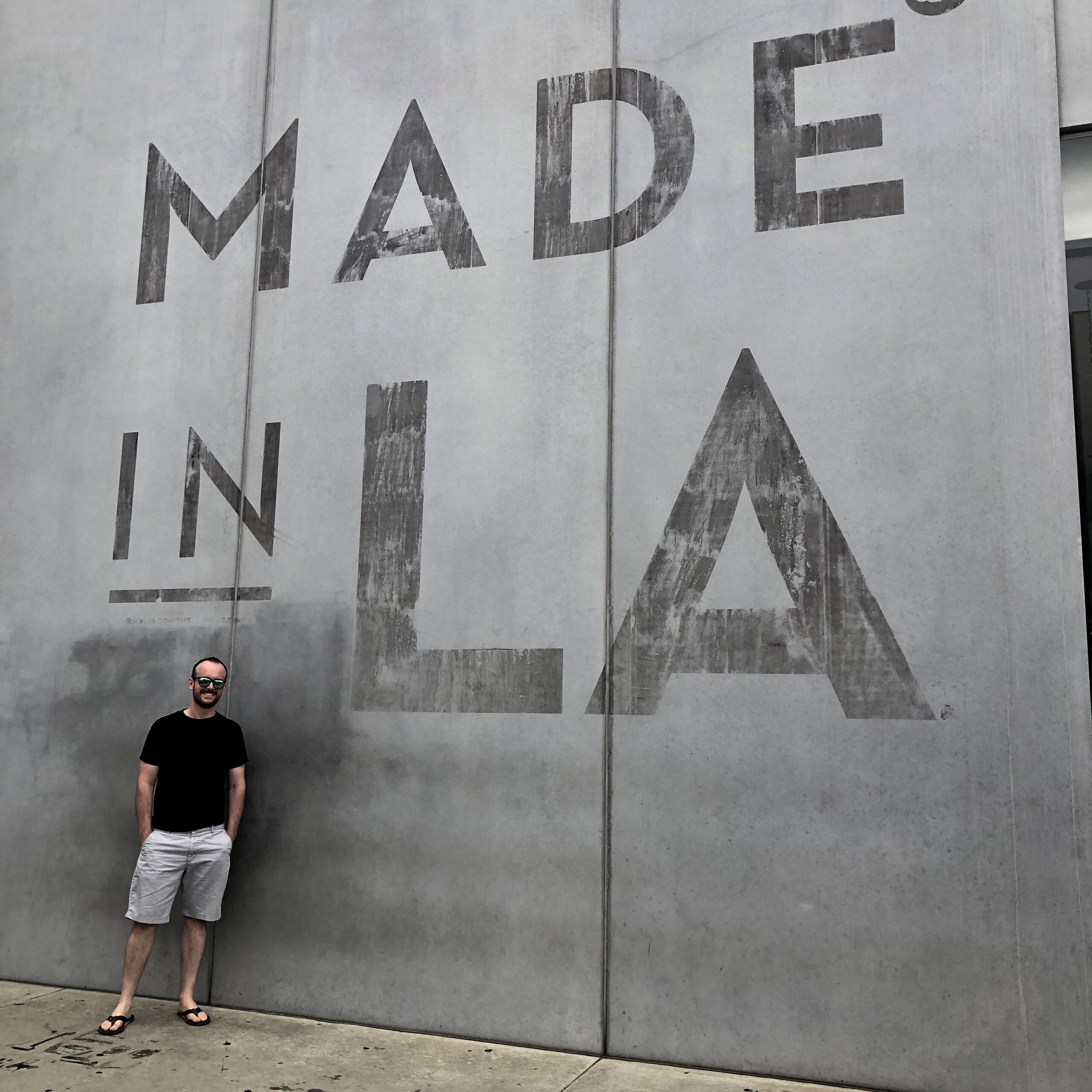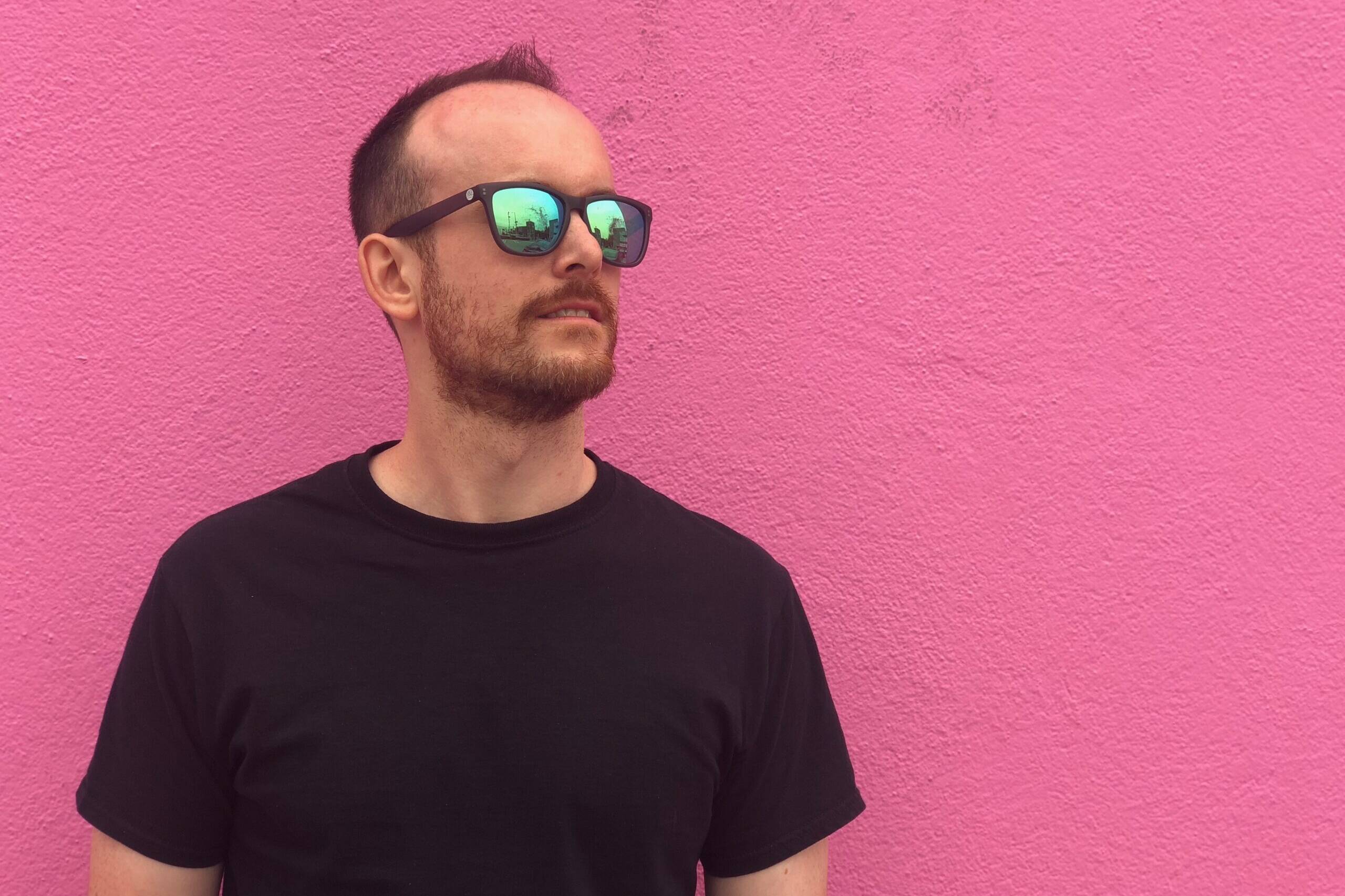I revere the written word.
SCROLL TO EXPLORE

1/5.
I am in awe of how writing developed from cuneiform to pictogram to symbols that represent sound. How history was born with writing. How libraries today still feel like the last bastions of democracy in our society. Story and narrative have always enveloped me, kept me spellbound. As a child I felt as if in the act of turning the battered, yellowed pages of my father’s copy of The Wind in the Willows I was transported inside the boat with Mole and Ratty, as if I was sinking ever deeper into the ripening summer of that first chapter. As a student I seemed to arrive alongside Lockwood outside the gates of Wuthering Heights as the first feathery flakes of a snow shower filled the air. Now as a professional writer I am amazed at the heritage of artists and creators and imagemakers that I belong to — a tradition dating at least as far back as the paintings of the Lascaux caves. That lineage of innovation and creative discovery carries down from the first agricultural accounts inscribed on tablets in the temple complex in Uruk, through the invention of movable type during the Song Dynasty, up to the pioneers of UX design today who fuse images and messaging into digital canvases and blast them across the internet at the speed of space travel.
2/5.
For a long time I derided the master’s degree that I got. It was in creative writing nonfiction. I called it useless. Whenever it came up in conversation, I made fun of it before anyone else could. But now I understand that it was something I had to do, even if, at the time, I didn’t know why I had to do it. Because I was in love with words. I graduated from City University London with that degree but started my career in Louisville, Kentucky, freelancing for a local publication, Louisville Magazine. I wrote about Trappist monks living in an abbey in central Kentucky, about the sagas of undocumented immigrants making a life in the US, about the ways that agribusiness obliterated the old rhythms of life in the tobacco towns that still dot the state. And I memorialized a friend who died of a fentanyl overdose in an article that I hope serves as an elegy for all families who lost someone to drugs.
3/5.
Working as a journalist was, for a time, a dream career. I got to travel and meet people and write about my experiences. Except that’s not quite right. I got to write about other people’s experiences. That privilege — reframing someone else’s story to fit my purposes — unsettled me. Even when I was attempting to portray other people with fairness, I often felt as if I was conditioning their words, alchemizing their perspective through my interpretation of what had happened to them. And they often discovered, once their story was in print, that it was no longer theirs. Some told me that they regretted talking to me, that they wished they could have their story back once more, where it could reside within their memories as a private matter belonging only to them. So I made the jump from journalism to advertising. I was hired at a boutique ad agency in Louisville: Mightily. I rose from a proofreader to a copywriter adept in defining brand voice and tone in style guides, structuring copy docs for websites with 100+ pages, and learning from one of Louisville’s legendary headline writers how to craft headlines that jolt your attention and leave you delighted and surprised.

4/5.
I loved the brand advertising that an old school ad shop like Mightily prided itself on — the billboard headlines that trace back to the influence of Bill Bernbach and the mid-century big bang of advertising. But I also learned to love the puzzles of UX design. To me, UX feels academic and intellectual, a discipline where psychology, creative writing, design methodology, and a keen understanding of how the details of digital systems all cohere. I loved Don Norman’s The Design of Everyday Things, because it taught me that practically every environment people find themselves in, digital or physical, is mediated — the product of decisions that should be interrogated and, if necessary, changed. The skills that a UX writer draws from often resemble the proficiencies that I honed as a journalist and a brand storyteller. When you read a book, you shouldn’t be aware that you’re reading. You should only think that you’re standing outside the gates of Wuthering Heights as the first feathery flakes of a snow shower fill the air. When you’re on a website, you shouldn’t be aware that you’re being routed through a multitude of pages. Users should move toward their objective — to join a gym, to book a wedding, to open a money market account — with minimal cognitive effort.
5/5.
Web accessibility is the subdiscipline of UX that inspires me the most. That I am a practitioner in a field that could help someone paralyzed from the neck down read the works of Shakespeare by blowing into a tube is, to me, a source of endless inspiration. Which is one of the reasons that I take the responsibility of being an imagemaker seriously. I drifted away from journalism because I always sensed that I was co-opting someone else’s story. But now I realize that anyone who writes cannot escape that responsibility. A writer must learn to handle the power inherent in the role of crafting story and narrative with empathy and finesse. Someone who advertises, who shapes brands, who creates the UX of the apps that we use every day — that person inhabits more authority than we often recognize. We are awash in images. We are bombarded with ads. The internet has transformed the function of research into the harvesting of information that floods us at perilously accelerating rates. Today the internet is a mall, a series of gated storefronts vying for your attention with pop-ups and prospecting emails and subscription deals and tangled username-password combinations. So I aspire to work for an organization that develops messaging systems that contribute to the human repository of knowledge.
If you can’t imagine it, you can’t have it.
So says one of the great authors of our time: Toni Morrison. In my own small way, I want my work to amount to one infinitesimal tessera in the mosaic that artists and writers and imagemakers have been piecing together for thousands of years. My ambition is to deepen the study of information architecture so that assistive technologies can become ever more sophisticated. I want to facilitate creative collisions, to expand accessibility and choice, to foster the mutual exchange of ideas, to challenge and combat the languages of oppression and coercion, and to empower people to fire their imaginations. Our vocabularies are the limits of our world, and I remain in awe that it is within my power to keep journeying into other worlds, celebrating language in its infinite varieties.